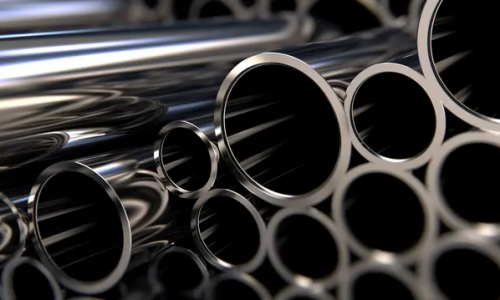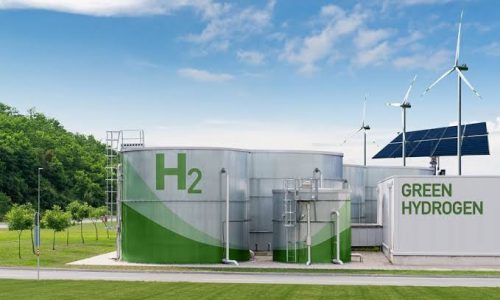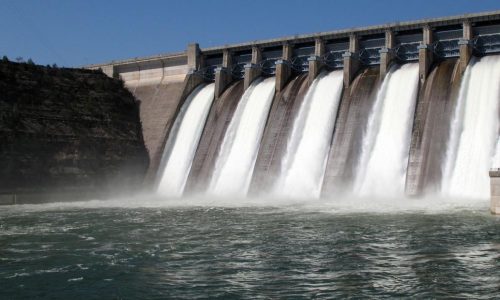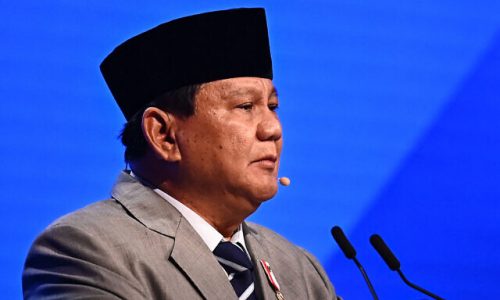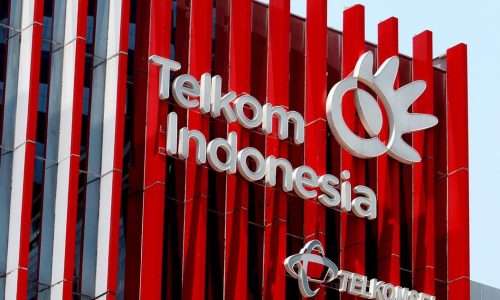The Kamojang Geothermal Power Plant (PLTP Kamojang) becomes the first producer of green hydrogen based geothermal energy in Southeast Asia after its Green Hydrogen Plant (GHP), which is the 22nd GHP built by State electricity company PT PLN, has been set to supply green hydrogen to the Senayan Hydrogen Refueling Station (HRS), the first such station in the region.
The green hydrogen based geothermal energy is produced from the condensation water from the electricity production at the Kamojang Geothermal Power Plant. PLN plans to increase the capacity of GHP at PLTP Kamojang to further expand its hydrogen production.
Darmawan Prasodjo, President Director of PLN, stated that PLN continues to innovate to accelerate the end-to-end hydrogen ecosystem in Indonesia.
“We want to try green hydrogen from the pure production process of new and renewable energy, so we built GHP at PLTP Kamojang, with an additional production of around 4.3 tons per year,” Darmawan said in a media statement on Friday, February 23, 2024.
With the operation of GHP at PLTP Kamojang, PLN now has 22 GHPs spread across Indonesia that can produce 203 tons of green hydrogen per year.
Darmawan said that out of the total production of 203 tons, 75 tons of hydrogen will be used for the operational needs of power plants, while 128 tons will be used to support the development of the hydrogen vehicle ecosystem. He estimated that with an assumption of each car traveling 100 km/day, the total production capacity of green hydrogen can be used for 438 cars in a year and can reduce imported energy from fossil fuels by 1.59 million liters per year to domestic energy.
“In terms of the upstream side, we have already solved it, and on the downstream side, we are building HRS as a pilot project, and there will also be a hydrogen center here,” said Darmawan.
As earlier reported, PLN, through its subsidiary PLN Indonesia Power, has operated the first hydrogen refueling station (HRS) in Indonesia located in Senayan, Jakarta.
“If you use the hydrogen refueling station here, the cost is only about Rp276 per kilometer, compare that with the cost of using fossil fuels at Rp1,300 per kilometer,” Darmawan said during the inauguration ceremony for the operation of HRS in Senayan ealier this month.
He also mentioned that the cost per kilometer of green hydrogen is competitive with the price of electric vehicle charging, which ranges from Rp350 to Rp400. Additionally, the ultra-fast charging tariff for electric vehicles is priced at Rp555 per kilometer.
The Senayan HRS is equipped with hydrogen-based electric vehicle chargers with the same function as public electric vehicle charging stations. A Hydrogen Center and Hydrogen Gallery Room are also built there as centers for hydrogen-related training and education in Indonesia. Seeing the potential, PLN innovates by utilizing solar PV installed in PLN power plant areas combined with renewable energy certificates (RECs) from several EBT power plants in Indonesia.
“With this innovation, in addition to cooling generator power plants, green hydrogen can now be used for various purposes, including for fertilizer industries, chemical industries, power plant cofiring, and for fuel cell electric vehicles,” Eniya Listiani Dewi, Senior Expert Researcher at the Energy Conversion and Conservation Research Center of the National Research and Innovation Agency (BRIN) said after the inauguration of the HRS in Senayan.
The PLN hydrogen refueling station is expected to be used as an initial test for hydrogen as a substitute fuel for vehicles. The company plans to conduct a 3-year trial run for the HRS.
“The plan for commercialization is in 2027, so the trial will last for 3 years, and we also want to see how smooth the transportation of hydrogen from Muara Karang to here is,” Eniya said.
Eniya, who also oversees the PLN Hydrogen Center, added that the HRS trial will be directed towards buses in August this year. A month later, hydrogen will be tested for passenger cars.
The Ministry of Industry has projected that there will be around 3,000 hydrogen-powered vehicles on the road by 2030. Meanwhile, the National Energy Council (DEN) estimates that there will be 245,000 hydrogen-powered trucks by 2035.



